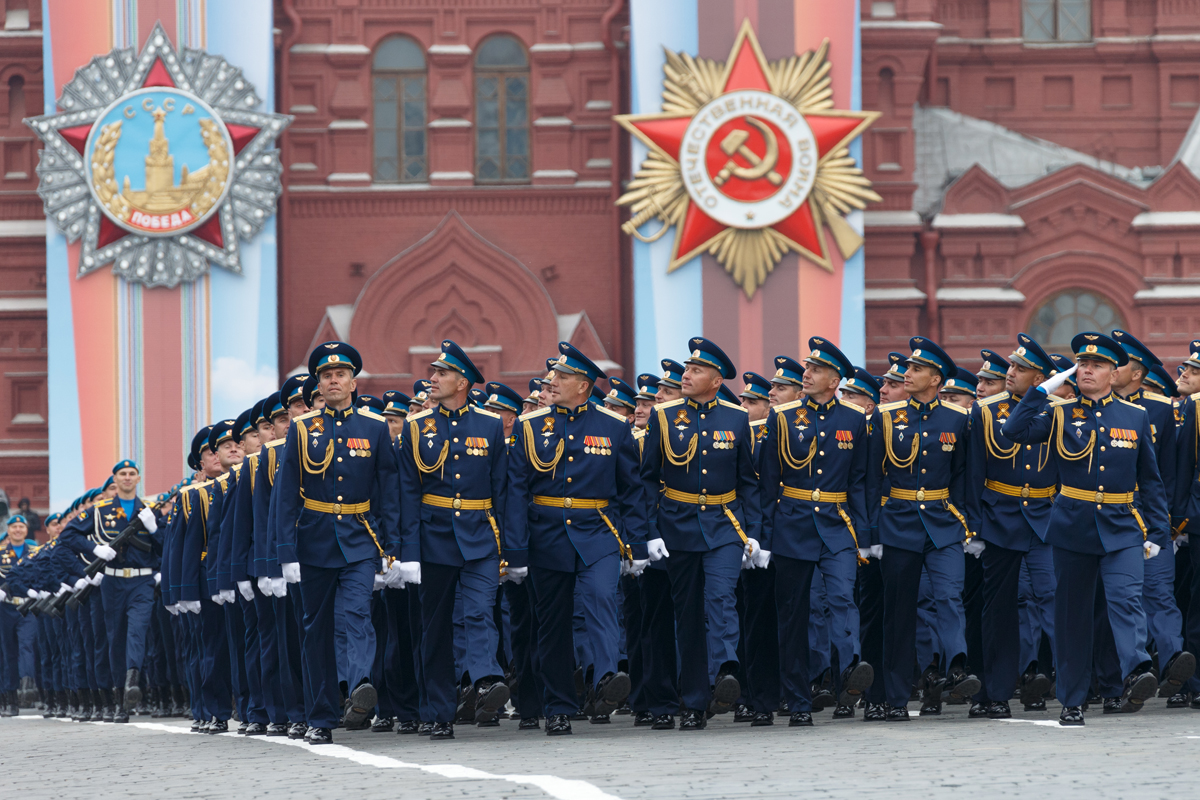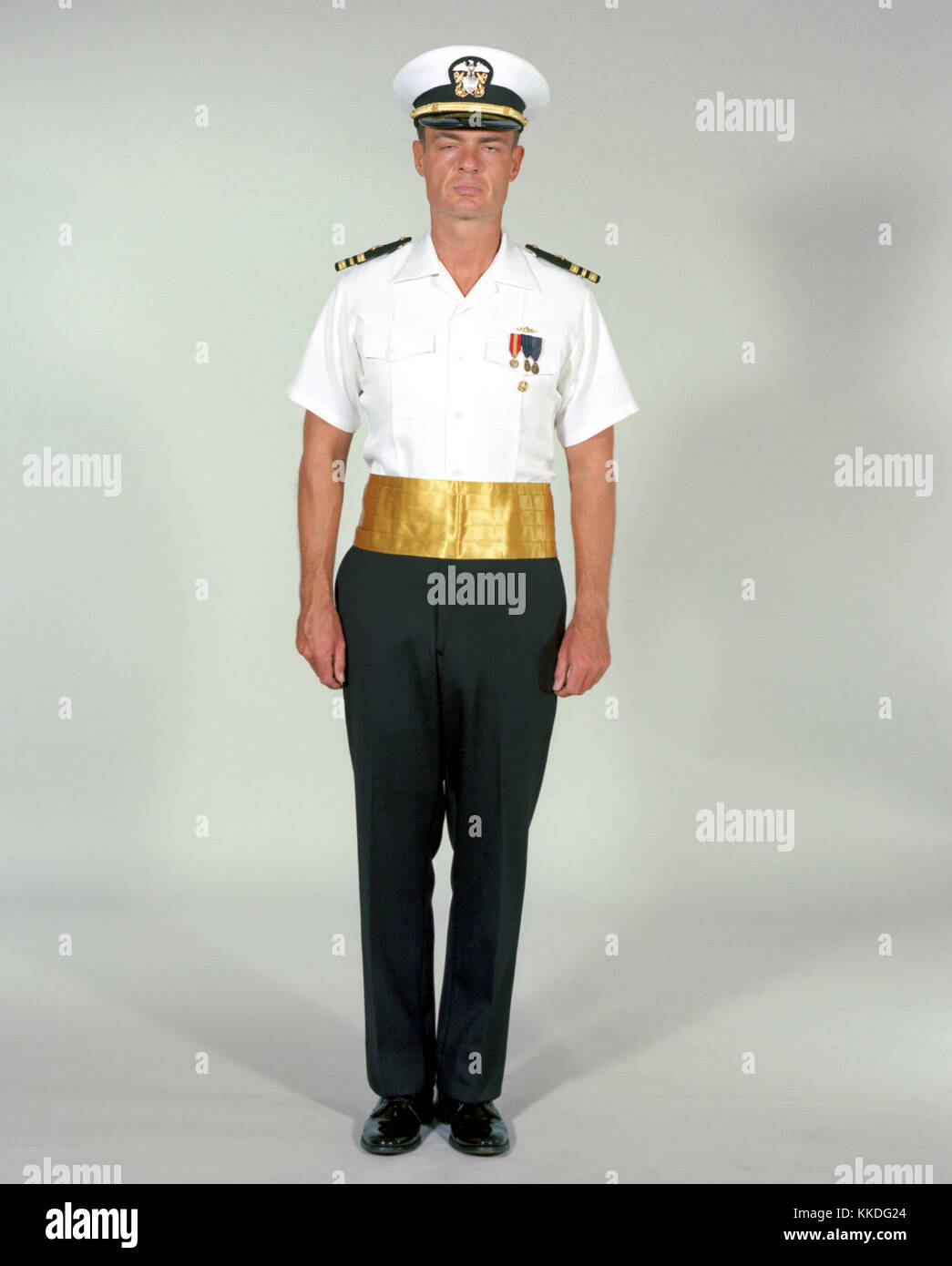Dress Blue Regulations Army - In: All articles with unsubstantiated claims Articles with unsubstantiated claims from November 2014 Pages with broken file links,
The Army Uniform (ASU) is the military uniform worn by members of the United States Army in situations where official dress is required. It is worn mostly in casual work situations where business attire is required, while military attire is used in combat situations. It can be worn for most social and formal occasions. The blue ASU was adopted as optional wear in 2008. It was issued to new soldiers from the fall of 2010 and must be worn by the entire army after October 1, 2014. The ASU replaced two previously used uniforms - "army green". army uniform and "white" army uniform. It will be based on the current uniform, known as the "blue uniform". It originates from the blue uniform of the "blue army", which dates back to the Revolutionary War, when the Continental Army dressed its soldiers in blue to distinguish them from the red uniforms of the British Army. It also resembles the blue uniform of the Union Army in the Civil War.
Dress Blue Regulations Army

While Washington was in Philadelphia, a hundred neighbors in Fairfax County, Virginia, under the tutelage of George Mason, organized a volunteer militia—probably the first in the colonies—and elected Washington as their commander. Borrowing the colors of the Whig Party of England, Fairfax's Independent Company wore a blue uniform with a sex pad and white stockings [2].
Army Asu Measurements
Washington used Thomas Webb's Military Treatise on the Appointment of an Army as a guide for equipping this particular chapter. Washington will soon take additional field mandates for four more independent companies: Prince William, Fauquier, Richmond, and Spotsylvania counties.
In the early days of the United States Army, the uniform worn for combat was the same as that worn for daily operations. This was common practice in most armies at the time. This changed in modern times when field uniforms suitable for combat were produced.
During the Civil War, military uniforms were simple. As usual, one and the same style served as garrison and battle uniform. Soldiers who fought in the Civil War wore standard blue jackets, as did workers in garrisons or army offices and headquarters. During the first half of the war, many governments gave their troops uniforms, resulting in special jackets and buttons. Officer ranks are indicated by epaulettes, and non-commissioned officers carried chevrons Branch or specialty may be indicated by the color of the rank insignia or the original color of the officers' epaulettes. During the war years, dress standards were relaxed, especially on campaign, and men often wore different headgear in the field.
The Army Uniform Regulations of 1899 called for cotton uniforms for field service, based on the experience of the Spanish-American War, when both blue and gray uniforms were worn.
Sma: Soldiers May Be Wearing Fewer Awards And Decorations On The Army Greens
From 1902 to 1917, the army had two uniforms: the service uniform, which was made of olive wool used by soldiers in battle, and the blue uniform, which was used for ceremonies and service uniforms.
Lt. Gen. Edmund B. Gregory, quartermaster general, noted in 1946 that World War I uniforms had changed from comfortable, loose-fitting clothing to tight clothing suitable only for garrison wear. At the beginning of the war, the army had to develop new models of flexible cuts, which men could live in, as well as assemble on the battlefield. Gregory noted that this gradual change to uniforms in peacetime was one of the uniform histories of all armies.
From 1940, soldiers began to use special uniforms for combat or field operations, with many special equipment and bags. The M-1941 Field Jacket was one of the first products to be specifically authorized for use in the field and not as part of the regular military uniform.

After that, military uniforms began to become more complex, as they were not necessary for combat use and could have a unique appearance, with new functions and decorations. Units began to produce special stickers, signs for different specialties were added. The first batch of units included the 81st Infantry Division. This unit was trained at Fort Jackson, South Carolina. They created wild patches to quickly identify each other in battle. Some officers questioned this, but General John Pershing decided it was a good idea, so the army began to implement it for all units.
Us Army: Officer's Blue Dress Uniform (1938 1942) By Arashi Senpai On Deviantart
The first award ever used by the United States Armed Forces was the original Purple Heart, personally designed by George Washington. It was originally a medal of valor, and at the time was the only medal awarded by the US military. It happened after the American Revolution, but was later revived to become the modern war injury award of today. The 1st World War was the first time that the military began to give different medals and awards, apart from the medal of honor which was first given during the civil war.
The Infantryman Combat Badge and the Infantryman Specialist Badge were established in 1943 by the US Secretary of War. The Infantryman's Battle Badge was originally awarded for bravery in battle.
In 1947, every soldier who earned it received a Bronze Star, and since then it has been awarded for participation in the ground war.
The basic uniform of the military is called green service uniform or "Class A". In the late 1940s, the Army revisited various ideas to create unique uniforms. Many civilian workers were mistaken for military personnel due to the widespread use of surplus military uniforms after World War II.
Old Uniform Is New Again: Modernized 'pinks And Greens' Could Debut Soon
A green US Army uniform worn by former Army Chief of Staff General Peter J. Shoemaker.
Army committees looked at various factors of design, strength, and appearance. Blue was considered because of the acceptance of men's clothing, but it would be very difficult to distinguish between the uniforms of the Air Force and the Navy, and the uniforms of the Navy and Marine Corps. Various colors were reviewed and finally green (shade 44) was designated as the primary color of the new uniform.
The famous green color of the uniform led to the fact that the army was called "salt-colored suit."

The green uniform has been worn with a few variations since it was officially adopted in 1954. Green was adopted to make the color military and different from the various types of civil service.
Navy Unveils Maternity Uniform Pilot Program For 2022
It is scheduled to be discontinued in 2014. She has a four-button jacket. Military personnel wear badges that indicate their type of service. Officers wear two types of insignia consisting of the letters "US" on their collars and branches attached to their collars.
Professional badges, such as the arrow badge, are worn on the left upper pocket. On top of it are ribbons of medals and commendations earned for various activities, duties and training. Above the letters are marks of qualification, such as the parachutist insignia and the combat action insignia. The brand name is located on the upper right pocket flap. Military awards and foreign awards are worn in the pocket above, with the military insignia above them. Special work badges, such as recruit badges, are worn in the top two pockets of the jacket; The side they wear varies depending on the brand.
There are unit patches on each shoulder of the dress. To the left is the soldier's current duty patch. The right wing can carry the patch previously assigned to the soldier when deployed to the combat zone; Soldiers with multiple prior combat missions can choose which patch to wear. Ranger, Special Forces, or Sapper qualification training, if applicable, is worn above the unit patch on the left shoulder. An insignia similar to "paratrooper" is automatically attached to the unit patch when the command is designated as a paratrooper, regardless of whether the individual soldier is eligible. Since the sleeve insignia usually indicates only the command of the general officer to whom the soldier is assigned, the soldier's emergency brigade or central command may be indicated by a metal and enamel unit insignia affixed to the soldier's sheet.
The green military uniform was discontinued in the fall of 2010, only now a new blue military uniform has been issued. The green army uniform will be phased out after July 2014
Marine Corps Mulls Changes To Female Dress, Service Uniforms
Another uniform, the White Army Uniform, was the Army equivalent of the white uniform worn by officers of the United States Navy, but differed from the Navy, which required all ranks to have and wear a white uniform during the summer months (year-round). In tropical areas) (E-1 to O-10), the Army White Uniform is an optional uniform and is required only
Army marriage regulations, army uniform regulations, dress blue uniform regulations army, army medical regulations, army dress blue cap regulations, dress blue army regulations, us army dress blue regulations, us army hair regulations, us army dress blue uniform regulations, army rules and regulations, us army uniform regulations, army leave regulations

0 Comments